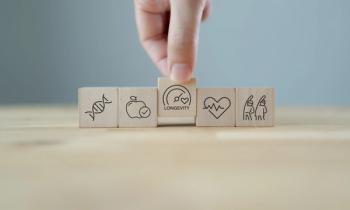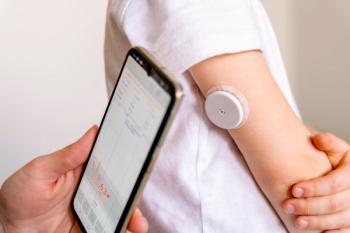
Does Physical Therapy Timing Make a Difference in Treating Back Pain?
Treating low back pain with physical therapy soon after symptoms start does not make a clinically important difference when compared with starting therapy later.
Treating low back pain with physical therapy soon after symptoms start does not make a clinically important difference when compared with starting therapy later.
“As a medical community, we have not been able to identify effective strategies for helping patients with a new back pain episode avoid chronic pain or disability,” study author Julie M. Fritz, PT, PhD, FAPTA, told Pharmacy Times. “Physical therapy is often used, but its effectiveness in helping patients with a new episode has been uncertain.”
Current guidelines recommend delaying referrals for physical therapy in part because previous research found that early aggressive therapy contributed to higher health care costs and did not seem to make significant improvements for patients.
Dr. Fritz’s new study published in JAMA adds to that body of evidence, as it found early physical therapy for low back pain seems to make only modest improvements that do not lead to significant differences compared with usual care.
Researchers from the University of Utah in Salt Lake City recruited and randomized 220 low back pain patients into 2 treatment groups to determine the effect that early physical therapy has on improving disability.
The 18- to 60-year-old study participants had no back pain within the previous 6 months, an Oswestry Disability Index score of at least 20, and symptom duration of less than 16 days.
Each patient received education before being randomized to early physical therapy (108 patients) or usual care (112 patients).
The early physical therapy group attended 4 physical therapy sessions, while the usual care group received no additional interventions over the first 4 weeks of the program.
The researchers found that the early physical therapy group showed improvement in disability measures compared with the control group after 3 months. However, the researchers noted there was no significant difference in disability between the groups at the 1-year follow-up.
In addition, pain intensity did not vary at the 4-week, 3-month, or 1-year follow-up interviews between the 2 treatment groups.
Any differences found between the populations were modest, the investigators said.
“Anecdotally, we had many comments from participants about the importance of the education we provided to all participants about the positive prognosis for recovery and the importance of remaining active and avoiding bed rest,” Dr. Fritz said.
Health care providers can continue to spread the message that while low back pain is very painful, it does get better, Dr. Fritz stated.
She added that remaining active was the best advice the study authors could offer to patients with low back pain.
Newsletter
Stay informed on drug updates, treatment guidelines, and pharmacy practice trends—subscribe to Pharmacy Times for weekly clinical insights.




















































































































































































































